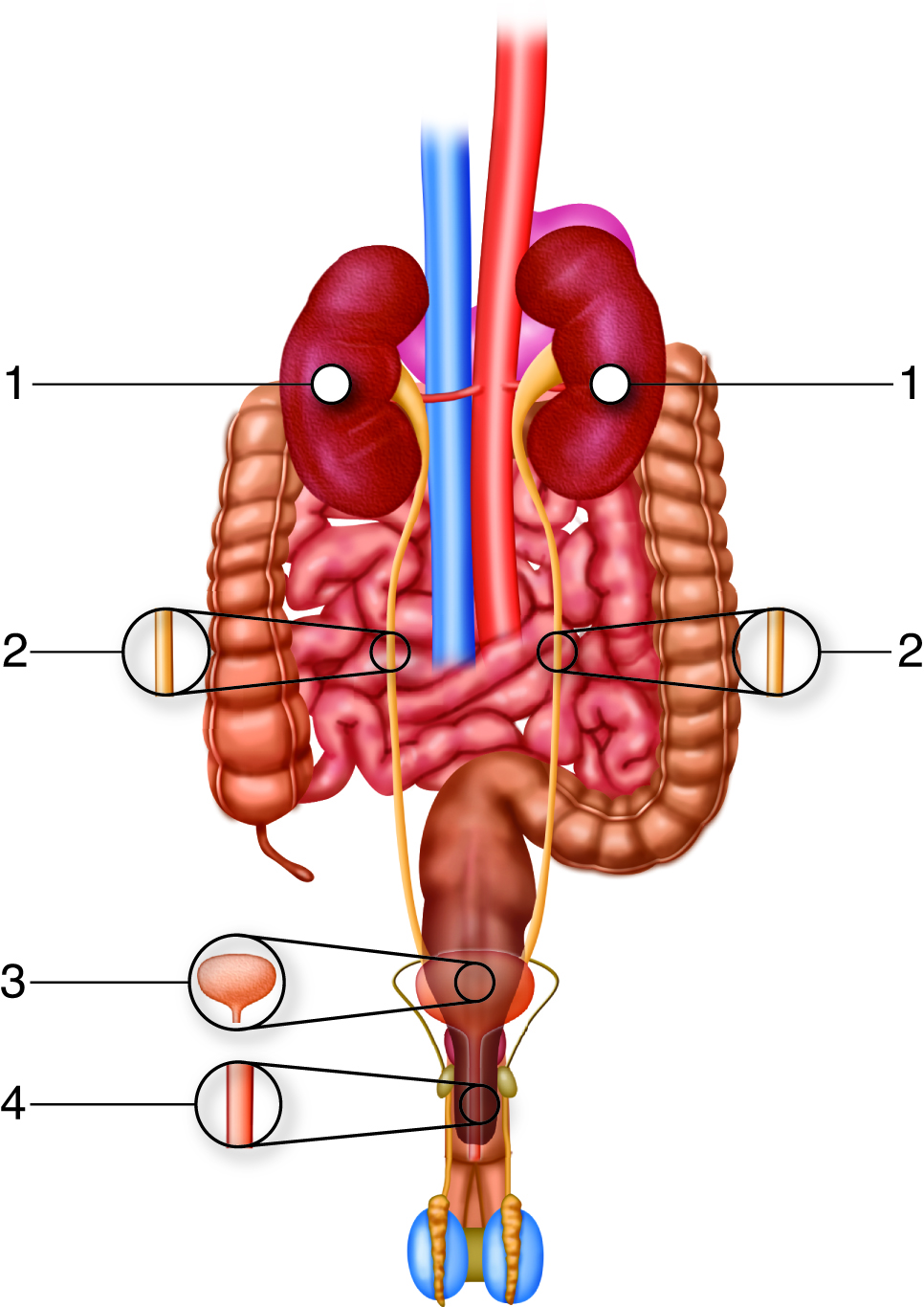
How Often Should You Work Out Your Abs?
Whether you’re looking to tone up your tummy or just trying to keep your core strong, understanding how often to work out your abs is incredibly important. Working out your abs too much can lead to injury, but not enough reps can stifle your progress. To help shed light on the topic, this article will delve into how often and how hard you need to be working out your abs to get the best results. Read on for some basic guidelines and advice.
List of Content
- 1. Why Work Your Abs?
- 2. How Often Should You Train Abs?
- 3. Variations in Recommendations
- 4. Guidelines for Choosing a Frequency
- 5. The Pros and Cons of Frequent Ab Workouts
- 6. Tips for Maximizing Your Ab Workouts
- You Ask, I answer

1. Why Work Your Abs?
Strengthen Your Core
Working your abs is important because it is essential for strengthening your core, which is a network of muscles that runs all the way from your hips to your ribcage. This area is responsible for providing stability and balance to the spine and is crucial for posture and overall well-being.
Well Rounded Fitness
Strengthening your core will help prevent injuries and enhance movement in other areas such as back, legs and arms. Therefore, having a regular routine of workouts specifically targeting your abs will keep you balanced and help you get a better results from other exercises.
Stress Relief
Aside from the health benefits of having strong abs, working them can also provide a bit of a stress relief. Many find that dedicating a specific amount of time to targeting your abs during a workout can be a great way to leave behind the stress of work or school for a few minutes.
Line Up Your Posture
The correct alignment of your spine and core muscles also helps you to stand taller, become more flexibile and maintain an overall better posture. Taking the time to activate those areas can help you keep an even balance throughout your body during the day, bringing its rewards in line with the rest of your fitness journey.

2. How Often Should You Train Abs?
Muscles, Flexibility, and Strength
Your abs do more than just help you look good! They’re an essential part of your core that helps you with daily activities like getting out of bed, lifting objects, and rotating your torso. They help you improve your muscle strength, coordination, and balance.
Frequency is Key
Abs should be trained two to three times a week to get the most out of your workout. Most people find it best to split up their ab routine into different sessions. For example, work your upper and lower abs on alternate days. If you’re serious about making gains, you may want to break it down further and include extra days for each set of muscles.
Things to Consider
* Are you a beginner or more of an experienced fitness enthusiast?
* What kind of workout are you doing?
* Are you looking for strength gains or more of a cardio focused routine?
Based on these questions, you can decide on how often to train your abs. If you’re a beginner, try doing exercises once a week and gradually increase the intensity and frequency as you progress.
Safety First
Abdominal exercises can be tough on your back, so make sure you practice proper form and use the correct technique. If you feel any pain, stop immediately and check with a fitness professional. Take your time and focus on doing the exercises correctly. This will help you get the best results, while keeping your body safe.
3. Variations in Recommendations
When it comes to giving recommendations or advice, it can be tricky to know what the best course of action would be. This is because there are often several variations or different ways that a person can approach a recommendation. This can be especially true for complex decisions, where multiple factors and potential outcomes must be considered.
One Variation is Personal Opinion. It is important to remember that personal opinion is always a factor, and it should be taken into consideration when making a recommendation. It is important to look at the facts and reasons behind your opinion, and then use this information to formulate your recommendation. It may be helpful to take into account what others think and weigh their views along with your own to help you reach a decision.
A Second Variation is Regional Opinion. What advice or recommendations may be prudent in one region may not be as applicable in another. This is due to the fact that different regions often have their own unique set of cultural and social norms. It can be helpful to research and consider regional norms before making a recommendation so that it can be more appropriately tailored to the specific region.
A Third Variation is Expert Opinion. Seeking out the opinion of an expert can provide invaluable insight into a problem. Even if you don’t entirely agree with the recommendation, their opinion can help you to gain a deeper understanding of the situation and arm you with additional information to help you make the best decision.
- Keep personal opinion in mind
- Research regional opinion
- Consult an expert
These are some of the potential variations that should be considered when making a recommendation. Taking into account all the relevant factors can help a person make the best decision possible.
4. Guidelines for Choosing a Frequency
Choosing the right frequency for your wireless devices and networks can be tricky. As we use a wide variety of wireless devices, each with their own specific frequencies, it is important to adhere to some basic guidelines.
Research the Appropriate Frequency
Before you choose a frequency for your device, it is important to know what the appropriate frequency should be. This can be determined by researching the product manual supplied by the manufacturer for the device, or using a frequency guide to look up the right frequency for the device.
Check the Local Requirements
The requirements for the local area might impact the frequency you choose. Depending on the local regulations, restrictions, or prohibitions, the frequency you choose may have to be changed. It is important to do a thorough review of the local requirements before you decide to use a particular frequency.
Test Different Frequencies
Once you have decided what the appropriate frequency should be, you should test the device with different frequencies. Different frequencies might yield different results in terms of signal strength, transmission range, and other factors. Test multiple frequencies to determine which one provides the best performance.
Check for Interference
It is also important to check for interference when choosing the frequency for your device. If the frequency selected is too close to another frequency, interference might occur, resulting in poor performance. Use a spectrum analyzer to check for any possible interference from nearby transmitters.
5. The Pros and Cons of Frequent Ab Workouts
Ab Workouts Strengthen Your Core
One of the biggest benefits of ab workouts is that they can help strengthen the muscles that make up your core. This includes your rectus abdominis, transverse abdominis, internal/external obliques, and multifidus. When you strengthen your core, you can better support your posture while you move, reducing your risk of injury. Additionally, when you have a strong core, it can help you become a more efficient athlete.
You Can Diversify Your Workouts
Another advantage of frequent ab workouts is that it helps you diversify your workout routine. While it’s important to work out your entire body, targeting your abs can give you the opportunity to work different muscles and use different exercises. This helps you avoid getting bored with your routine, and you can progress more quickly with improved results.
Drawbacks to Frequent Ab Workouts
Of course, there are a few drawbacks to frequent ab workouts. Sometimes incorporating too many ab exercises into your routine can lead to overtraining, which can have a negative effect on your health and athletic performance. Additionally, if you focus on one area of your body too much, you may not be working your other muscles as much, resulting in an imbalance.
Tips for Safe Ab Workouts
- Keep workouts short and intense.
- Include other exercises to work all muscle groups.
- Focus on proper form and technique.
- Incorporate rest days for recovery and allow time for muscle repair.
Frequent ab workouts can be beneficial, but it’s important to be careful and do them safely. If done correctly, you can reap the rewards of stronger muscles, improved athletic performance, and more varied workouts. So, if you’re looking to take your training to the next level, be sure to include ab workouts into your regular routine.
6. Tips for Maximizing Your Ab Workouts
1. Try Constant Variation
Your core muscles will quickly adapt to a regular exercise routine, making it difficult to build and maintain muscle definition. To keep your ab workout fresh, constantly mix up the exercises, reps, and resistance levels. Even small changes can challenge your muscles in new ways, allowing you to maximize the effectiveness of your routine.
2. Make Time for Cardio
While targeted ab workouts are a great way to build and define your core, adding cardio exercises into the mix is equally important for getting real results. Cardio is a fantastic way to burn fat, and having less fat surrounding your abs will help them stand out. Make sure to include a few days of cardio for each week of your ab workout.
3. Don’t Rely On Crunches
Crunches are a mainstay when it comes to ab exercises, but relying too heavily on them can lead to overworked muscles. Instead, try using planks and other core exercises that engage multiple body parts while exercising your abs. Here are a few other exercises to mix into your ab workout:
- Bicycle Crunches
- Side Plank
- Mountain Climbers
- Knee Tucks
4. Get Plenty Of Rest
Resting is just as important for muscle growth as exercise. Make sure to give yourself enough time to recover between ab workouts, allowing your muscles to heal and strengthen. Take a day off early in the week for recovery, and make sure you get a good night’s sleep after each ab workout.
You Ask, I answer
Q: How often should I work out my abs?
A: Generally speaking, you should aim to work your abs two to three times a week. This allows for your abdominals to get the necessary amount of rest in order to rebuild and strengthen properly. Additionally, you’ll want to vary the types of exercises you’re doing to challenge your core muscles from multiple angles and keep your routine from getting stale.
Q: What’s the best way to work out my abs?
A: A lot of it comes down to personal preference, as everyone’s body responds differently to certain exercises. That being said, there are some classic moves that are great for targeting your abs, such as crunches, sit-ups, planks, mountain climbers, and side flips. Doing a set of 8-12 reps per move and then varying the exercise order is a good way to work your core muscles effectively.
Q: Are there any other tips to remember when it comes to my abs workout?
A: Absolutely! As with any type of exercise, proper posture and form are key. Make sure you’re not holding your breath and concentrate on contracting your core muscles as you’re performing the moves. Taking breaks when you need to, having proper lumbar support, and giving your body enough rest and recovery between sessions are also important points to keep in mind.
Remember, the key when it comes to working out your abs is finding a routine that works for you. With a bit of trial and error, you’ll have those washboard abs in no time.


